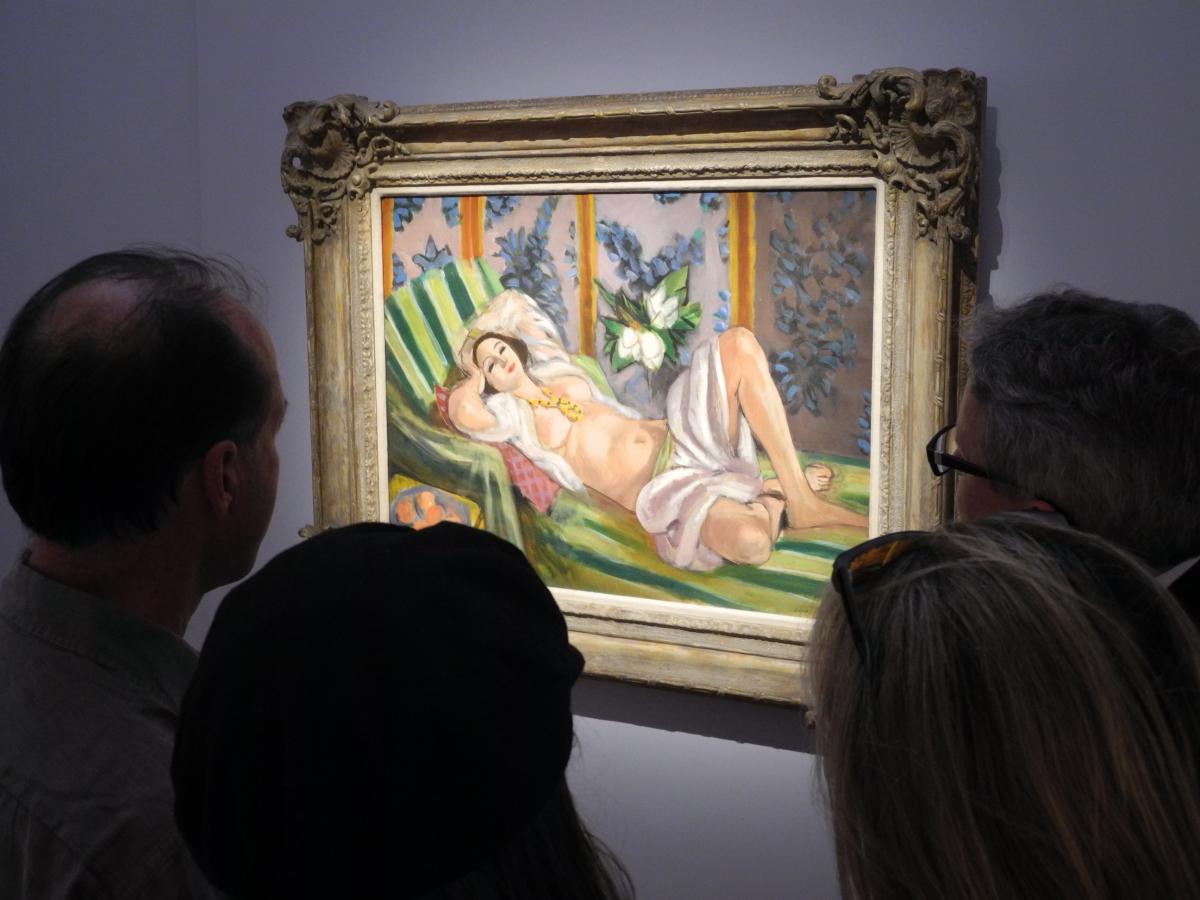Passion investing: The perils of following your heart

One of the main risks associated with so-called “passion investing” is in its name—the high level of adoration and emotion involved, which sometimes takes the place of rational decision-making.
James Haithwaite, a classic car specialist and director at First Names Group, tells of one collector who had his heart set on a classic Mercedes-Benz Roadster and was set to throw down $1.5 million without an inspection—largely because he liked the colour (green).
Haithwaite—narrowly—convinced the collector to have it inspected.
“[The inspector] went to see it and said, ‘I know this car, I remember it from three years ago, when it was white’. It wasn’t the spec they said at all, it was much lower, and there was a massive question mark, that devalued the car by about half a million.”
Haithwaite shared the story at Jersey Finance’s “An Open World” conference, during a session looking at the relative merits of the “emotive” asset classes. He said it’s an example of how with passion investing, “You need someone to hold hand your hand, who is very independent”.
Passion investments are increasingly popular in an easy-money, low-yield environment where a growing population of ultra-wealthy people are looking to further diversify.
 A buoyant art market was highlighted this week by the record-breaking auction of a collection owned by Peggy and David Rockefeller, which brought in more than $646 million on the opening night. It included pieces from Pablo Picasso, Claude Monet and Georgia O'Keeffe.
A buoyant art market was highlighted this week by the record-breaking auction of a collection owned by Peggy and David Rockefeller, which brought in more than $646 million on the opening night. It included pieces from Pablo Picasso, Claude Monet and Georgia O'Keeffe.
Harvey Cammell, deputy chairman at Bonhams, said last year 1% of artists accounted for half the value of the market.
“If you’re thinking of diversifying [into art] or investing on a major scale, you’re going to follow the herd. The Picassos, Basqauits… because there’s already so much money sucked into these artists, it’s a very strong market place.”
Ella Lister, founder of wine analysis company Wine Lister, said over the last 20 years, the fine wine asset class had outperformed gold, silver, stocks, and art. She conceded that over the last few years, the picture has been “less rosy”.
“The bubble burst in the summer of 2011 because Bordeaux prices had gone so crazy, there was a bit of a crash. But fine wine isn’t only about Bordeaux. Last year with Burgundy, the top performers were at 20% [return].”
There was no data on how much wine was bought as an investment to sell on, versus what was bought to be drunk.
“But clearly, a lot is being drunk,” Lister said.
This made it a particularly unique asset class, as supply was not only limited, but diminishing.
Provenance was one of the main risks associated with wine—“the more exciting reason is because of fakes, but the more important and common reason is storage”, Lister said.
“Wine is not fungible. That is to say one bottle of Lafite 2005 is not the same as another bottle, depending on storage conditions. And that’s not necessarily something analysts can know.”
Apart from storage, passion investors needed to consider the unforeseen yet substantial costs associated with maintenance, insurance, and valuation.
For those looking to diversify without the leg work, there are a variety of wine and art funds, which operate with mixed success. Car funds, Haithwaite said, almost always flop because so much of the joy lies in “taking it out for a spin”, not something likely to be popular with co-investors.






